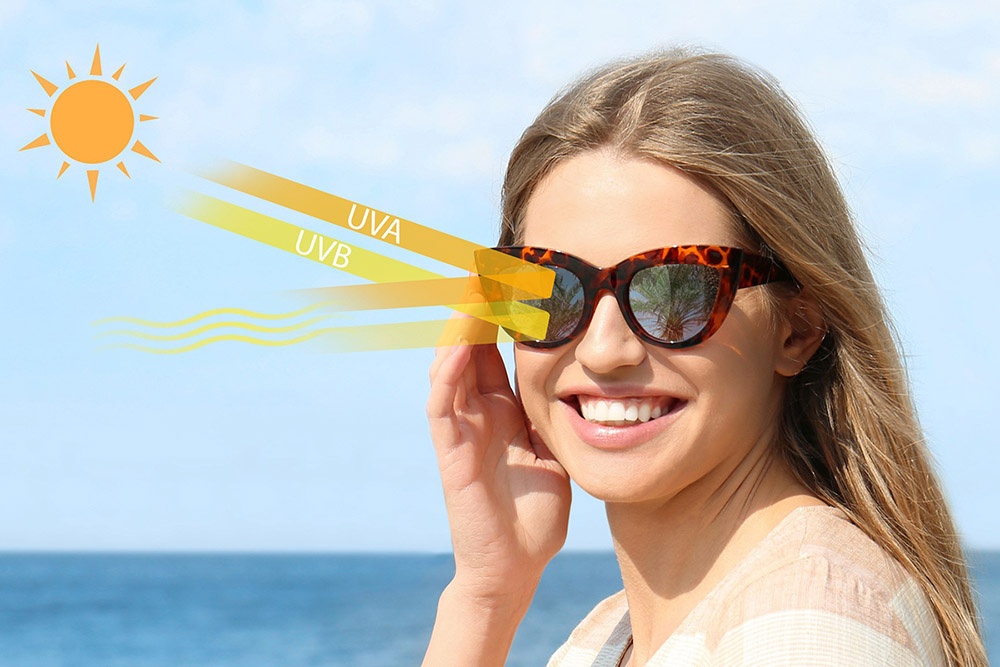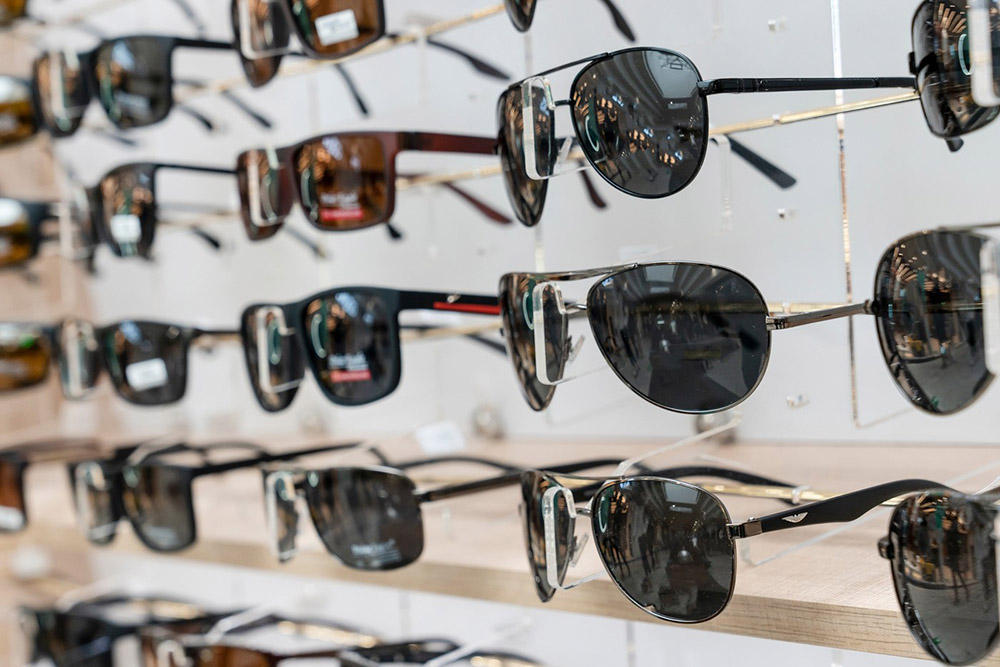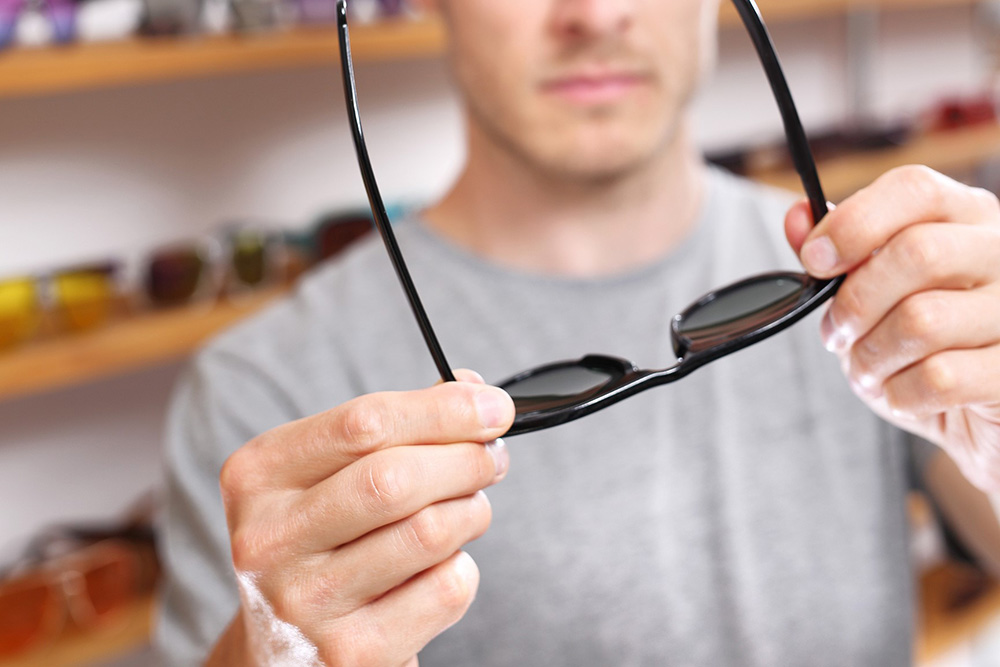In the ever-evolving world of eyewear, ensuring that your sunglasses offer adequate UV protection is paramount. Harmful ultraviolet rays can cause significant damage to your eyes, making it crucial to choose sunglasses with proper UV protection. Here’s a comprehensive guide to help you determine the UV protection level of sunglass lenses effectively.

1. Check for UV Labels
First and foremost, ensure that your sunglasses have appropriate UV protection markings such as “UV400” or “100% UV Absorption.” Lenses labeled “UV400” can block all ultraviolet rays with wavelengths shorter than 400nm, providing comprehensive protection for your eyes.
2. Examine the Lens Material
High-quality sunglasses typically have a UV protection index ranging from 96% to 98%. Materials like polycarbonate or polyurethane inherently block 100% of ultraviolet rays. These materials not only enhance the durability of the sunglasses but also ensure maximum UV protection.
3. Use a UV Light Test
A simple method to test UV protection is to use a UV light test. Place the sunglasses over a 100-yuan bill’s anti-counterfeit watermark and shine a UV light on it. If you cannot see the watermark through the lenses, it indicates that the sunglasses effectively block UV rays.

4. Review Product Information
Reputable sunglasses will have clear UV protection labels and information, such as “UV,” “UV Protection,” or “UV Block.” Ensure that these specifications are present to verify the sunglasses’ ability to block ultraviolet rays effectively.
5. Purchase from Trusted Sources
Always buy sunglasses from reputable optical stores or certified online shops. This ensures that you are getting a quality product that meets safety standards, avoiding the risk of counterfeit or substandard products from unofficial channels.

6. Inspect Lens Color
While UV protection is not directly related to the darkness of the lens color, high-quality sunglasses typically have uniformly tinted lenses without abrupt changes in shade. Consistent lens color can be a good indicator of overall lens quality.
7. Conduct a Transparency Test
Stand in front of a mirror and try on the sunglasses. If you can easily see your eyes through the lenses, the tint might not be dark enough to reduce glare, though this does not apply to photochromic (transition) lenses.
8. Assess Optical Quality
Hold the sunglasses at arm’s length and look through them at a straight line. Slowly move the lenses across the line. If the line appears to bend, shift, or distort, the lenses may have optical defects, indicating poor quality.

By following these steps, you can accurately assess the UV protection level of your sunglass lenses. This ensures that you choose sunglasses that not only look stylish but also provide the necessary protection against harmful UV rays.
About Dayao Optical
At Dayao Optical, we are committed to offering top-tier lens solutions. Established in 2006, we have become a trusted supplier for leading sunglasses brands worldwide. Our mission is to provide turnkey lens development and resource integration for emerging brands and to assist small and medium lens wholesalers in building quick and efficient inventory.
By keeping these guidelines in mind and choosing a reputable supplier like Dayao Optical, you can ensure that your sunglasses offer the best possible protection for your eyes. Whether you’re a lens buyer or an independent designer, understanding and verifying the UV protection levels of sunglass lenses is crucial for delivering high-quality eyewear products to your customers.

Post time: Jul-29-2024
